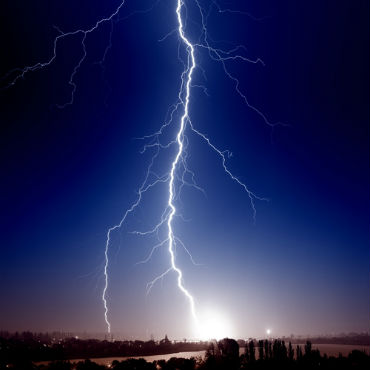NNSA looks to map lightning before it strikes

The agency charged with protecting the nation’s nuclear weapons stockpile installed new sensors at its weapons components plant to better protect it from the heavens.

A single lightning bolt could spell disaster for the National Nuclear Security Administration's Pantex Plant in Amarillo, Texas.
The nation's only facility for assembling and disassembling nuclear weapons seeks to extend the life of the country's nuclear weapons, develops and tests high-explosive components, and is a temporary storage facility for plutonium.
In other words, it's a highly sensitive facility, and it's located in one of the most menacing areas of the country for electrical storms.
A recent article in the Amarillo Globe-News cited a 1996 study conducted by Lawrence Livermore National Laboratory that said the Pantex Plant experiences about 60 lightning storms each year. And “the threat of lightning igniting some of the propellants and high explosives stored at the plant is a real concern.”
The newspaper said there was a close call in February 2015, when the plant's Operations Center declared a 90-minute clear-weather window before starting an electrical test on a nuclear explosive. The work's timing was based on information obtained from the center's lightning-detection system. About 20 minutes later, however, warnings showed lightning activity within 35 miles of the facility.
In an Aug. 10 blog post, NNSA said it has bolstered the plant's Lightning Detection and Warning System with a new mapping array that can see lightning activity inside building thunderheads before it strikes the ground. By generating a map showing lightning frequency and duration, the system can give workers more time to stop weather-dependent operations and make sure team members are safe and sensitive equipment is protected.
NNSA said its engineers are also developing software to study lightning and atmospheric data. The Pantex Plant could ultimately use the data and software to analyze how effective lightning predictions are and fine-tune its warnings.


